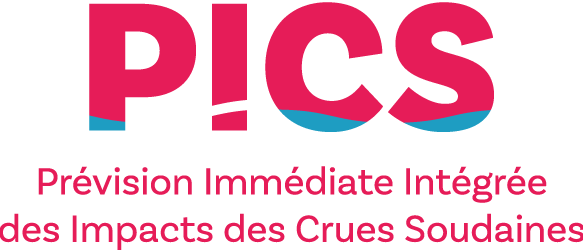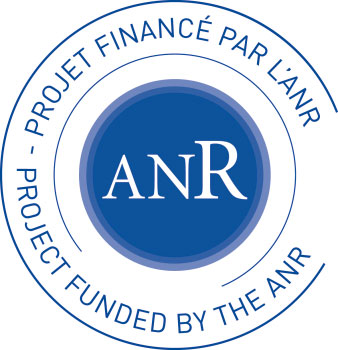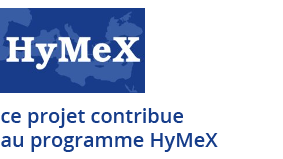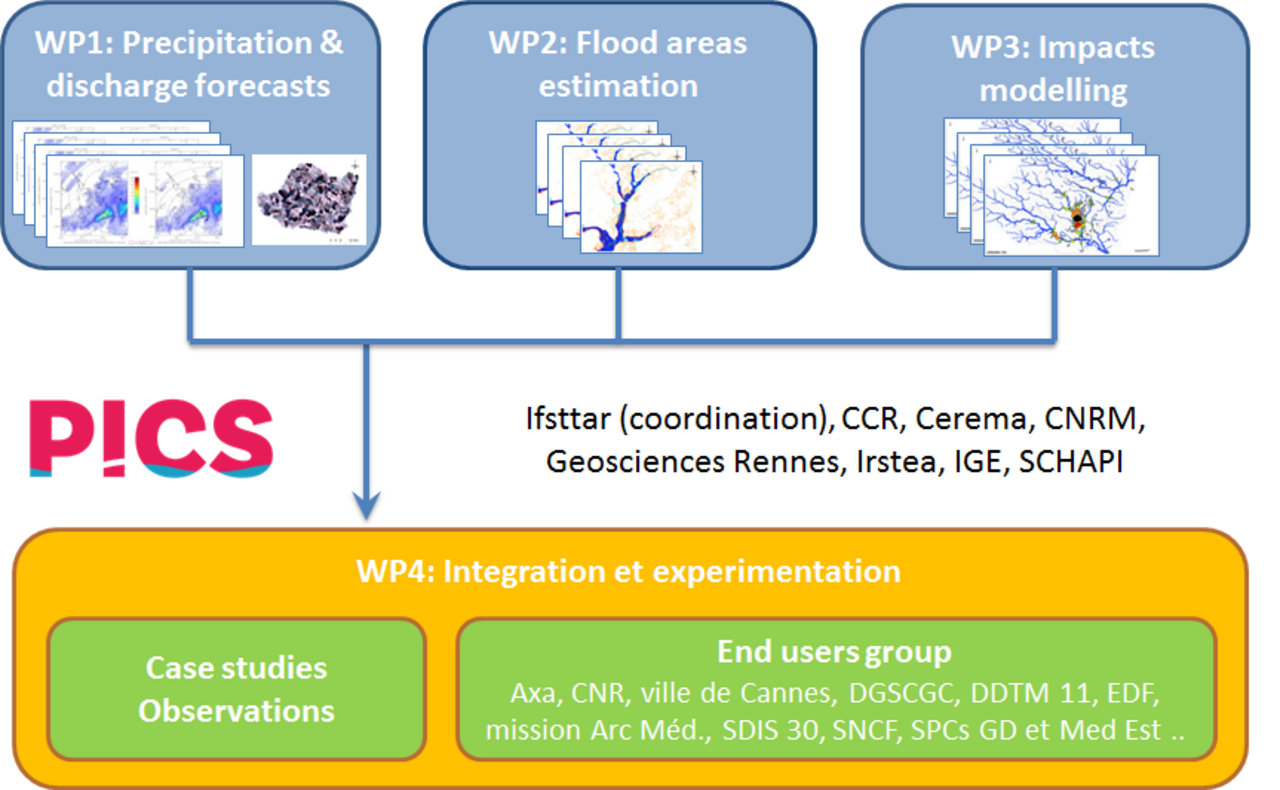The integrated short-range nowcasting chains designed in the project will combine (i) high resolution quantitative precipitation estimates and short range (0-6h) precipitation forecasts, (ii) highly distributed rainfall runoff models designed to simulate river discharges in ungauged conditions, (iii) DTM based hydraulic models for the delineation of potentially flooded areas, and (iv) several impacts models aiming to represent varied socio-economic effects: insurance losses, inundation of critical infrastructures, and also dynamic population exposure and vulnerability.
The project will work towards: effectively coupling these various modelling components, evaluating their uncertainties and complementarity, and finally assessing the capacity of such nowcasting chains to meet the end users needs based on relevant case studies.
The project is structured in four scientific work packages (cf. figure). It is organized around a central work package (WP4 - Integration and experimentation), in which integrated forecasting chains will be designed, applied and evaluated on different case studies. The three other scientific work packages are positioned upstream with the objective in mind of improving, adapting, and evaluating uncertainties of the various key components to be incorporated in the integrated forecasting chains, namely:
the short range (0-6h) precipitation and discharge forecasts (WP1), obtained by coupling the state-of-the-art very short-range precipitation forecasts from Météo-France with distributed hydrological models ;
the methods for flood areas estimation (WP2), including DTM-based 1D and 2D hydraulic methods to convert flow rates into flood areas delineation and related water heights and velocities ;
the socio-economic impacts modelling methods (WP3), which have to integrate information relative to the flood areas for the estimation of impacts of different nature.
The wide representation of potential end users in the project, as members of the end users group and as project partners, should finally facilitate the transfer of project results towards operational applications.



